Nikko City , Tochigi栃木県日光市
Living in Nikko City, Tochigi
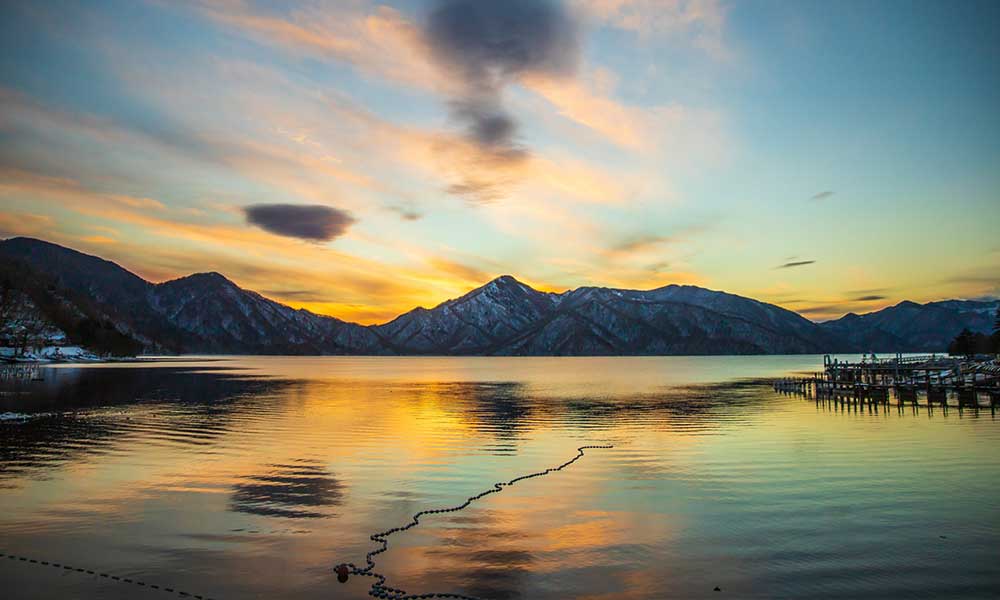
We have Summarized the livability of Nikko City, Tochigi.
CONTENTS
- What kind of place is Nikko City?
- Nikko CityPR video
- How is the traffic situation in Nikko City?
- How are the rent and land prices in Nikko City?
- How is childcare and education in Nikko City?
- How about shopping in Nikko City?
- How about jobs and recruitment in Nikko City?
- Nikko City’s unique subsidy/subsidy system
What kind of place is Nikko City, Tochigi?
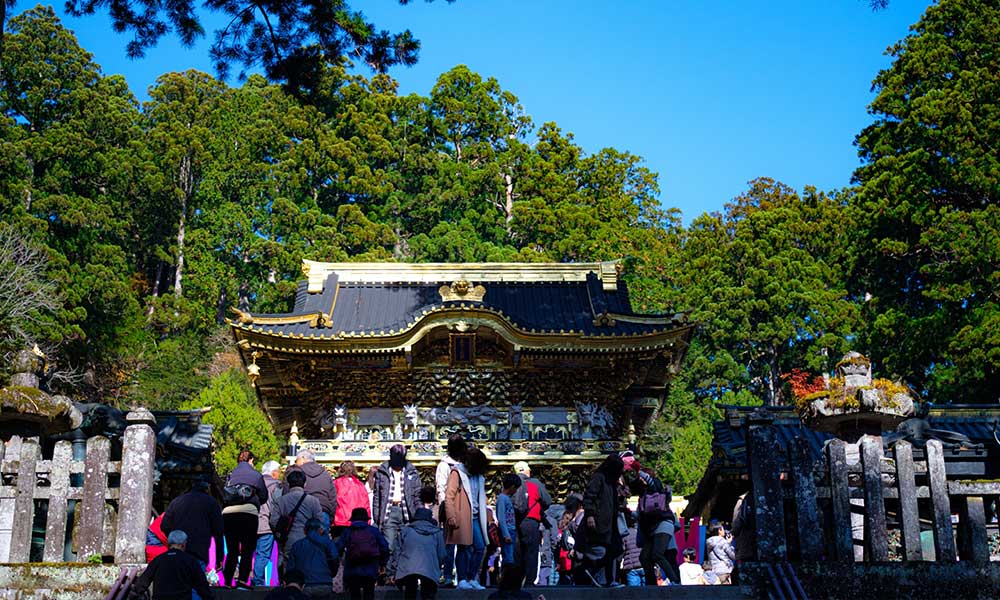
光国立公園や世界遺産の日光の社寺など歴史的・自然的な観光地が数多くある街『日光市』
Nikko City is located in the northwestern part of Tochigi Prefecture and has an area of approximately 1,449.83 square km, making it the largest city in terms of area in the Kanto region.
To the north, it borders Higashi-Numata Village and Minamiaizu Town in Fukushima Prefecture; to the east, Nasushiobara City and Shioya Town; to the south, Utsunomiya City and Kanuma City; and to the west, Midori City, Katashina Village, and Numata City in Gunma Prefecture.
As of September 2023, the population is approximately 74,000, with around 32,000 households.
About 87% of Nikko City is covered by forests, with the flat urban area at around 200m elevation, and the mountainous area surrounding Mount Nikkō Shiranesan, which exceeds 2,000m. Overall, the terrain is characterized by significant elevation changes.
The climate is classified as inland, with an average annual temperature of about 12°C in urban areas and around 7°C in mountainous areas. Summers are relatively cool and comfortable, while winters often see temperatures drop below freezing and snowfall is common.
Nikko City has been known as a religious region since the Kamakura period, with mountains dedicated to the worship of Nikkō Gongen.
During the Edo period, it became the burial site of the Tokugawa family, and later, as a town at the entrance to Nikko Toshogu Shrine, it thrived with visitors.
In the Meiji era, it began to attract international tourists, centered around Nikko Toshogu Shrine, Lake Chuzenji, and Nikko Yumoto Onsen, evolving into an international tourist city.
In 2006, Nikko City was established through the merger of Imaichi City, Nikko City, Ashio Town, Fujiwara Town, and Kuriyama Village.
Today, Nikko City is rich in natural resources such as mountainous areas and hot springs, attracting around 10 million tourists annually, making it one of the world-renowned tourist and scenic spots.
It is often said, “Don’t say you’ve been to Nikko until you’ve seen it,” as the area is filled with numerous attractions.
The eastern area of Nikko, known as the Kinugawa and Kawaji area, is famous for its hot springs, featuring beautiful valleys formed by strange rocks and seasonal nature.
Additionally, the Tobu World Square, opened in 1993, is a miniature park displaying faithful 1/25 scale reproductions of landmarks and buildings from 21 countries, attracting many visitors daily.
The Nikko Shrines and Temples in the southwestern area includes 103 buildings (9 national treasures and 94 important cultural properties) such as Futarasan Shrine, Toshogu Shrine, and Rinnoji Temple, which were registered as a World Heritage Site in 1999.
Among these, the famous Nikko Toshogu Shrine, established in 1617 as the mausoleum of Tokugawa Ieyasu, and Futarasan Shrine, a center of mountain worship, along with Rinnoji Temple, which has national treasures such as the main hall, the Ainomai, and the worship hall, are significant attractions.
Also, Lake Chuzenji, known for its iconic Kegon Falls, is a staple of school trips; the stunning 97m drop is counted among Japan’s three great waterfalls.
The “Senjogahara,” a wetland formed by a volcanic eruption blocking a river, also lies in this area, covering about 400 hectares and is popular for hiking.
The southern Ashio area features the historic Ashio Copper Mine, which prospered as a copper mining site since the Edo period and is now a tourist attraction where visitors can enter the tunnels by tram.
PR video of Nikko City, Tochigi
[Nikko City Immigration and Settlement Promotional Video] MOMENT
[Nikko City Tourism Promotion Video] NEWDAY, NEWLIGHT.
[Nikko City Tourism Promotion Video] Re:NIKKO
How is the traffic situation in Nikko City?
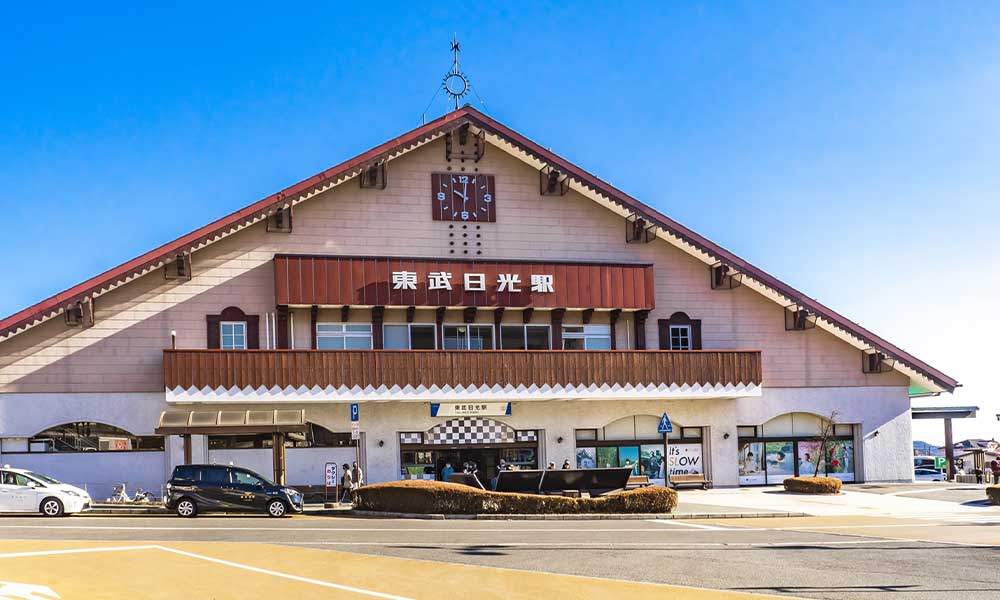
Nikko City is a convenient city with a well-developed transportation network that is unique to tourist destinations.
Because Nikko is a tourist destination, there are a variety of trains running through the city, with six lines travelling through the city.
The JR Nikko Line has four stations: Nikko Station, Bunhasaka Station, Imaichi Station, and Shimotsuke-Osawa Station.
The Tobu Nikko Line, which extends from Tobu Nikko Station to Tobu Dobutsu Koen Station, has five stations: Tobu Nikko Station, Shimo-Imaichi Station, Kami-Imaichi Station, Myojin Station, and Shimokoshiro Station.
The Tobu Kinugawa Line, which provides access from Shimo-Imaichi to the north, has nine stations: Shimo-Imaichi Station, Oyamukai Station, Okusa Station, Shin-Takatoku Station, Osagoe Station, Tobu World Square Station, Kinugawa Onsen Station, Kinugawa Koen Station, and Shin-Fujiwara Station.
The Yagan Railway Aizu-Kinugawa Line, which extends from Shin-Fujiwara Station on the Tobu Kinugawa Line to Fukushima Prefecture, has nine stations: Shin-Fujiwara Station, Ryuokyo Station, Kawaji Onsen Station, Kawaji Yumoto Station, Yunishigawa Onsen Station, Nakamiyo Onsen Station, Kami-Miyo Shiobara Onsenguchi Station, and Oga Kogen Station.
The Watarase Keikoku Railway, which also runs a trolley train and is popular with tourists, has four stations: Haramukai Station, Tsudo Station, Ashio Station, and Mato Station.
Then, there is the Akechidaira Ropeway, a popular tourist spot, which goes from the boarding station Akechidaira Station to the Observatory Station, where you can enjoy the magnificent view of Nikko.
There are several main roads that pass through Nikko city, and they are very well-equipped.
National Route 119, which runs north from Utsunomiya city and connects to Nikko city, is divided into the Nikko Kaido and the Nikko Utsunomiya Road. The Nikko Utsunomiya Road is a toll highway that can be accessed from five points: Nikko IC, Osawa IC, Imaichi IC, Kiyotaki IC, and Tsuchizawa IC.
National Route 120 is a road that connects to Gunma prefecture in the west, and is used by many tourists as it passes through famous tourist spots such as Irohazaka and Lake Chuzenji.
National Route 121 is a road that connects from Fukushima prefecture to the north of Nikko city, runs along the Kinugawa River, and mainly passes through the hot spring towns of Nikko city.
National Route 122 is a road that runs from Nikko city through the Ashio area, passes through Kiryu city to the south, and connects to Toshima ward in Tokyo.
Other routes include National Route 352, which leads to Niigata Prefecture, National Route 400, which leads to Otawara City, and National Route 461, which leads to Yaita City.
Kanto Bus operates local buses within Nikko City.
You can also use the airport bus “Maronnier-go”, which runs directly between Narita Airport and Nikko Station.
There are also several buses that connect tourist spots and major stations, including Tobu Bus Nikko, Nikko Kotsu, Shioya Kotsu, and Kanetsu Kotsu.
The Tobu Nikko Line is convenient because you can get to Ueno without having to transfer. The transportation network is well developed, so it is easy to travel to Nikko city and neighboring areas.
Please be careful when traveling by car as there may be snow in some places. As it is a tourist destination, it gets very crowded during the tourist season.
How are the rent and land prices in Nikko City?
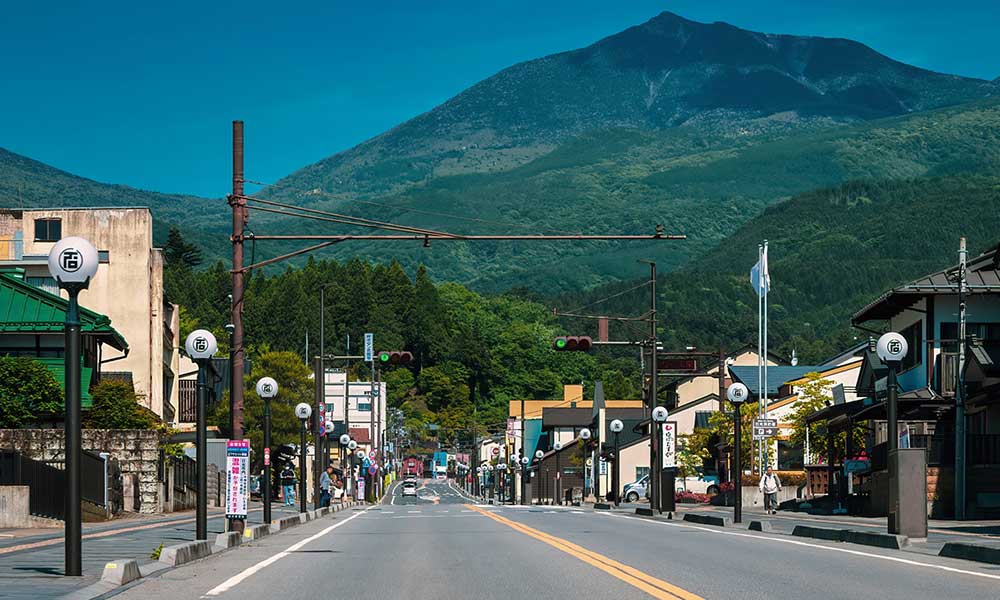
Nikko City is a city where demand is high in areas close to tourist destinations and nature, and there are relatively affordable properties in the city center and surrounding areas.
According to information from a real estate information website, the average rent in the city for a newly built apartment within a 10-minute walk from the station is about 55,000 yen for a 1K and 78,000 yen for a 2LDK. The average land price per tsubo is about 60,000 yen per tsubo.
In Nikko, factors that affect housing prices include demand as a tourist destination and ease of access.
Properties in the city center and around stations tend to be more expensive, while properties in the suburbs and mountainous areas surrounded by nature tend to be relatively cheaper.
Also, properties in popular areas of Nikko and properties with good views can be more expensive.
It is an area rich in nature and tourist attractions, so it is likely to remain popular in the future.
As it is one of Japan’s leading tourist destinations, you may find it difficult to live in crowded areas as it will affect your daily life.
How is childcare and education in Nikko City?
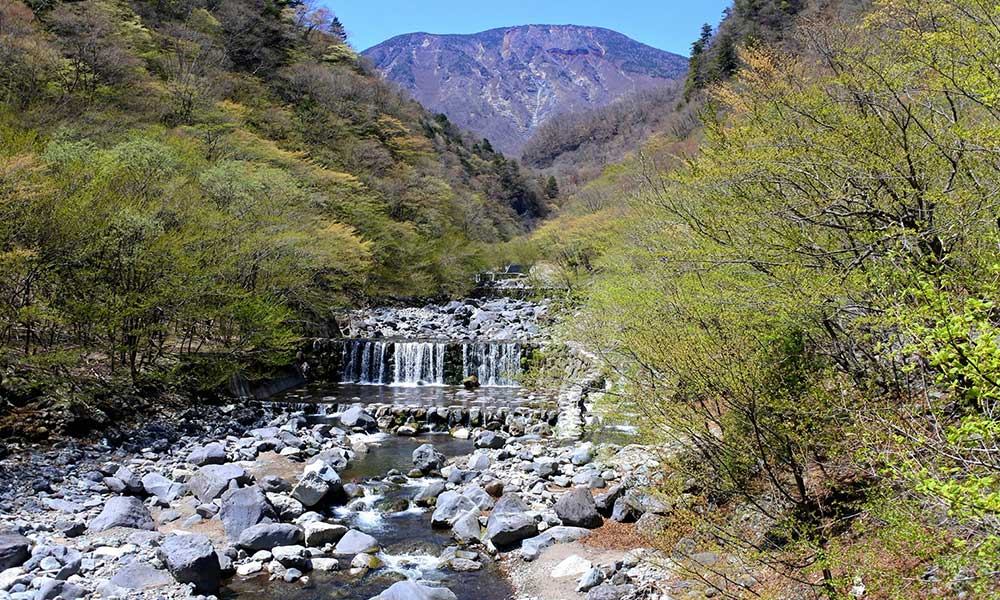
Nikko City is an ideal place to raise children, with a wide range of childcare facilities, a rich natural environment and historical heritage.
In Nikko City, there are 21 nursery schools, 9 kindergartens, 22 elementary schools, 14 junior high schools, 3 high schools, and 1 vocational school.
The Child Medical Expense Assistance Program provides full assistance for children under 18 years old (up to March 31 of the year they turn 18) for both outpatient and inpatient care.
Child allowances are provided as follows: ¥15,000 for children under 3 years old, ¥10,000 for the first and second children aged 3 years and older but before elementary school, and ¥15,000 for the third child and beyond; ¥10,000 for junior high school students.
Nikko City also has its own robust support programs.
The Sukusuku Baby Voucher program provides vouchers worth ¥30,000 (five ¥500 vouchers and eleven ¥2,500 vouchers) for parents raising children under 1 year old, which can be used for childcare products and local support services.
The Nikoniko Parenting Support Site allows users to manage vaccination schedules and gather information on parenting events and resources.
Nikko City is also well-equipped with facilities where parents and children can play together.
The regional child-rearing support center, Pokapoka, serves as a free play area for parents and children, offering events and equipment rentals, and it also facilitates interaction among parenting households.
The After-School Childcare Club provides a support system that offers play and learning environments for households with working parents during after-school hours and long breaks.
The After-School Children’s Classroom Promotion Project aims to utilize children’s after-school time for learning and experiential activities in various fields, supporting activities like learning and sports at three elementary schools in the city.
The area is rich in nature, has many tourist attractions, and has plenty of places to play actively with children.
There are fewer subsidy programs available compared to other areas.
How about shopping in Nikko City?
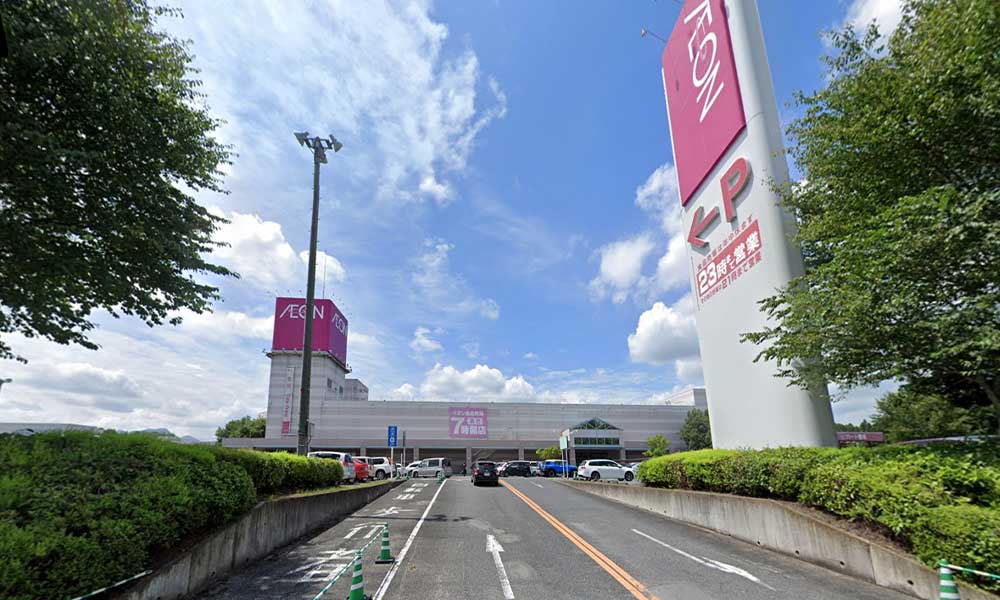
Nikko City is a city where you can enjoy shopping, with everything from large shopping malls to stores that are perfect for tourists.
Nikko City features shopping facilities and supermarkets primarily around JR Imaichi Station and along the national highways.
The Nikko Landmark is a complex located just a 3-minute walk from JR Nikko Line Imaichi Station, housing a food supermarket, clothing stores, and miscellaneous goods. It also includes a Ferris wheel, making it a fun spot for children.
The Senshou Plaza Imaichi is a shopping mall situated 25 minutes on foot from Okuwa Station on the Tobu Kinugawa Line, located along National Route 461. This complex features a food supermarket, bookstore, drugstore, restaurants, and model homes.
The Super Mall Imaichi is a large shopping mall located 21 minutes on foot from Ohtanimuka Station on the Tobu Kinugawa Line, offering a wide variety of items including electronics, food supermarkets, and car supplies.
The Yunishigawa Road Station is directly connected via an elevator to Yuinishi-Kawawonsen Station on the Yagan Railway Aizu Kinugawa Line and is located along National Route 121. It offers local agricultural products and processed goods, and features onsen facilities where visitors can enjoy hot springs, bedrock baths, and foot baths.
Additionally, a dam is situated right in front of the station, serving as a departure point for the Dam Lake Exploration Duck Tour, which uses amphibious vehicles.
There are also approximately 13 supermarkets in the city, including Kamashin, Tairaya, and Yaohan.
It is a town where shopping is fun, with large shopping facilities, souvenir shops and roadside stations that are unique to hot spring towns.
The shops are concentrated in the city center, so if you live far away you will need to drive to get there.
How about jobs and recruitment in Nikko City?
Nikko City is a city where you can find jobs in a variety of industries, with tourism as its main industry, but agriculture and manufacturing are also thriving.
The average annual salary in Nikko is 2.81 million yen.
The main industries in the city are tourism, agriculture, forestry, fisheries, and manufacturing.
The tourism industry in particular is particularly strong, as the city is blessed with tourist resources such as historical buildings, nature, and hot springs, and is an extremely popular scenic spot even on a global scale. For this reason, there tends to be a large number of tourism-related job openings, such as customer service, sales, and other positions.
This is an area that attracts many people from both within Japan and overseas, and tourism-related businesses are prominent. It is also an area where part-time work such as farming is possible.
Sales are biased towards certain industries and depend on the season.
Nikko City, Tochigi’s unique subsidy/subsidy system
Nikko City, Tochigi’s unique relocation assistance and relocation subsidy system
| Nikko City Relocation Support Fund |
Nikko City, Tochigi’s unique housing assistance and subsidy system
Nikko City, Tochigi’s unique childcare support system
| Young Couples and Child-Rearing Households Relocation Subsidy Growing Baby Voucher Nikko City Maternal and Child Medical Expense Subsidy |
Nikko City, Tochigi’s unique system for further education and tuition assistance/subsidies
| School Assistance Program (Quasi-Eligible for Support) Commuting Cost Subsidy Program Scholarship Loan Program Scholarship Repayment Exemption Program |

